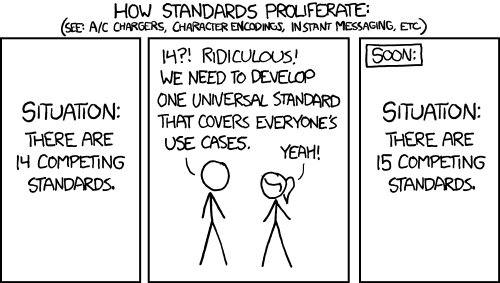Hello BIMfans,
Last week’s post where I assembled my light fixture using Mindful Modelling got me thinking about soft landings and the importance of involving others in how information is developed.

What do I mean by soft landings? Well as defined within PAS1192-2, A soft landing requires graduated handover & aftercare based on stakeholder requirements developed from the project outset (Beginning with the end in mind). Doing so allows those who operate an asset to get involved in the design process; impacting on how the asset will meet their operational needs.
The case for soft landings is clear. Have a look at this image below from Constructing Excellence showing different costs that relate to an asset; design and construction actually plays a very small part in an assets life. This is colloquially referred to within industry as the 1:5:200 rule with:
- 1: Cost of Construction
- x5: Cost of Operation
- x200: Cost of Business Operations
Now imagine if you could influence the design, to help streamline the operation & business costs? Well, in short that is what soft landings does.

Cookham wood prison is a good example of this. The case study document can be found here. I won’t bore you with the details but in short consultation with prison governors challenged the design to improve the transfer of sound from the wings into the central core, meaning that less staff were needed to monitor the wind; saving a significant amount of money. (If this meant that they could operate with 1 less warden then over 25 years that would be a saving of over half a million!).

Soft landings help improve the efficiency of an asset, as a result of this they have been included as part of the UK BIM Level 2 Suite of Standards through the inclusion of BS8536-1; Briefing for Design & Construction. BS8536-1 was developed in line with the principles of soft landings and includes a number of activities and deliverables that could be considered during each work stage; some of which I have incorporated into this project (although as I have no ‘design’ phase, its use is limited).
When developing my Plain Language Questions, I used BS8536-1, and the MoJ Example PLQs to consider what information I wanted to know as the operator and end user of my house. This has led me to ask questions like: “What assets are contained within” so that I know assets require consideration; “3.2 What assets are in a poor condition” and “3.3 What costs can be attributed to my assets” to allow me to draft a planned maintenance schedule; and “3.4 What are the most cost effective thermal improvements that could be undertaken” to allow me to look at the feasibility of some retrofit work.
This mindset has also allowed me to challenge how information is being produced on the project such as creating light fixture assemblies to ensure that I can capture the information I need to manage my assets.
Because of this decision, I have opened up now possibilities on how to use this information. For instance, you may have seen this on twitter last week, but I tweeted an image of my Philips Hue dashboard showing how the names of my objects correspond with what was produced within my information model.

And this is really all BIM is trying to achieve. In its simplest form, BIM is:
“Getting the right information: to the right people, at the right time, in the right format” – Me (now)
Soft Landings and BS8536-1 is a core part of this, and has allowed me to put on my operational hat to consider my future needs. Resulting in a model with enhanced information; meaning that when I begin to use this data to operate my house I will be able to hit the ground running thanks to this much softer landing…
























